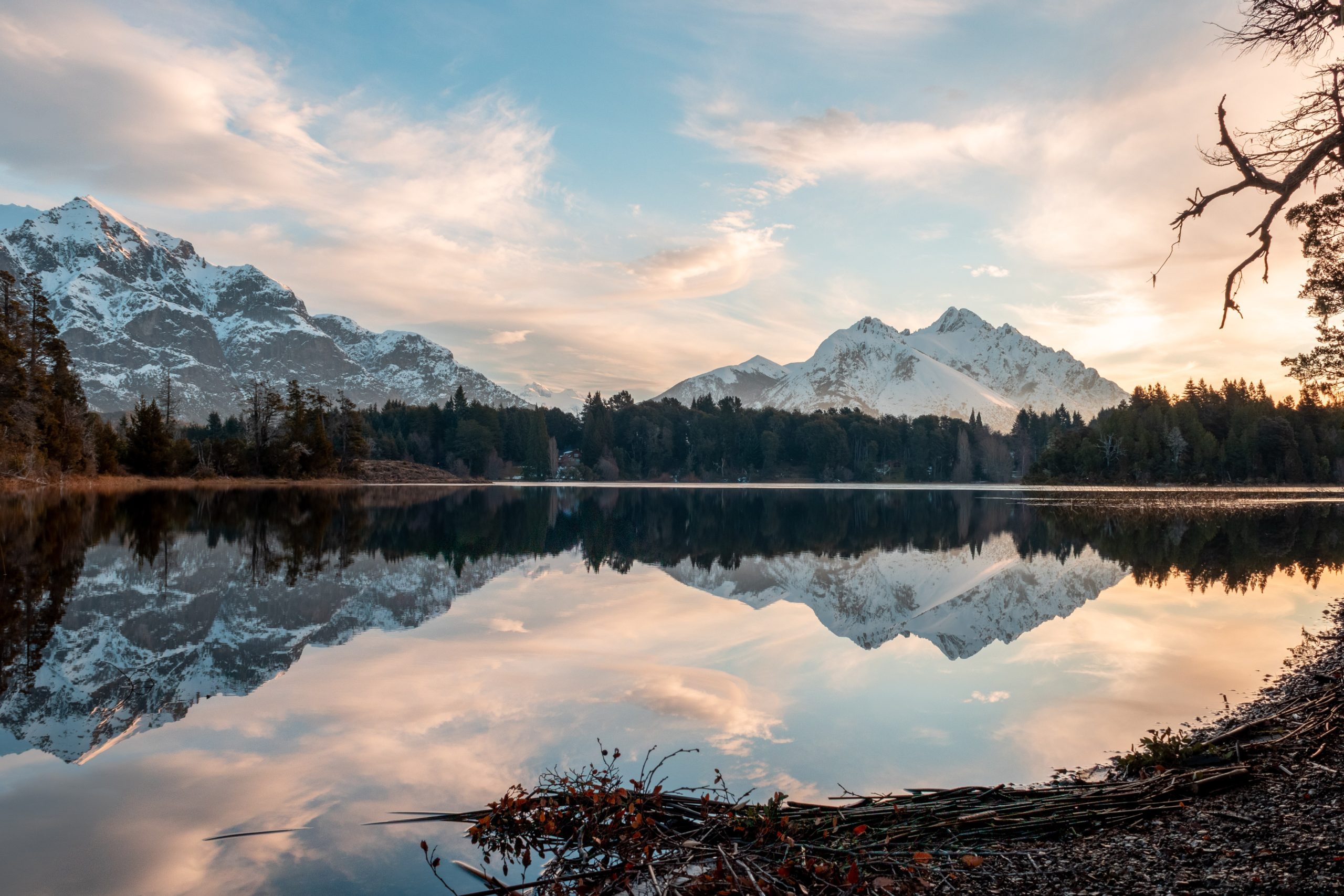
Discover Argentina vs Wonderland: 23 Best Things To Do
Discover Argentina vs Wonderland: 23 Best Things To Do
Explore the splendors of Buenos Aires, Argentina, and its environs while also finding the greatest accommodations, dining options, and airfares for this incredible nation! The majority of Argentina is found in South America’s southern region. Argentina is the second-biggest nation in South America, after Brazil, the fourth-largest in the Americas, and the largest country in terms of area in which Spanish is spoken. Congress has designated Buenos Aires as the nation’s federal capital.
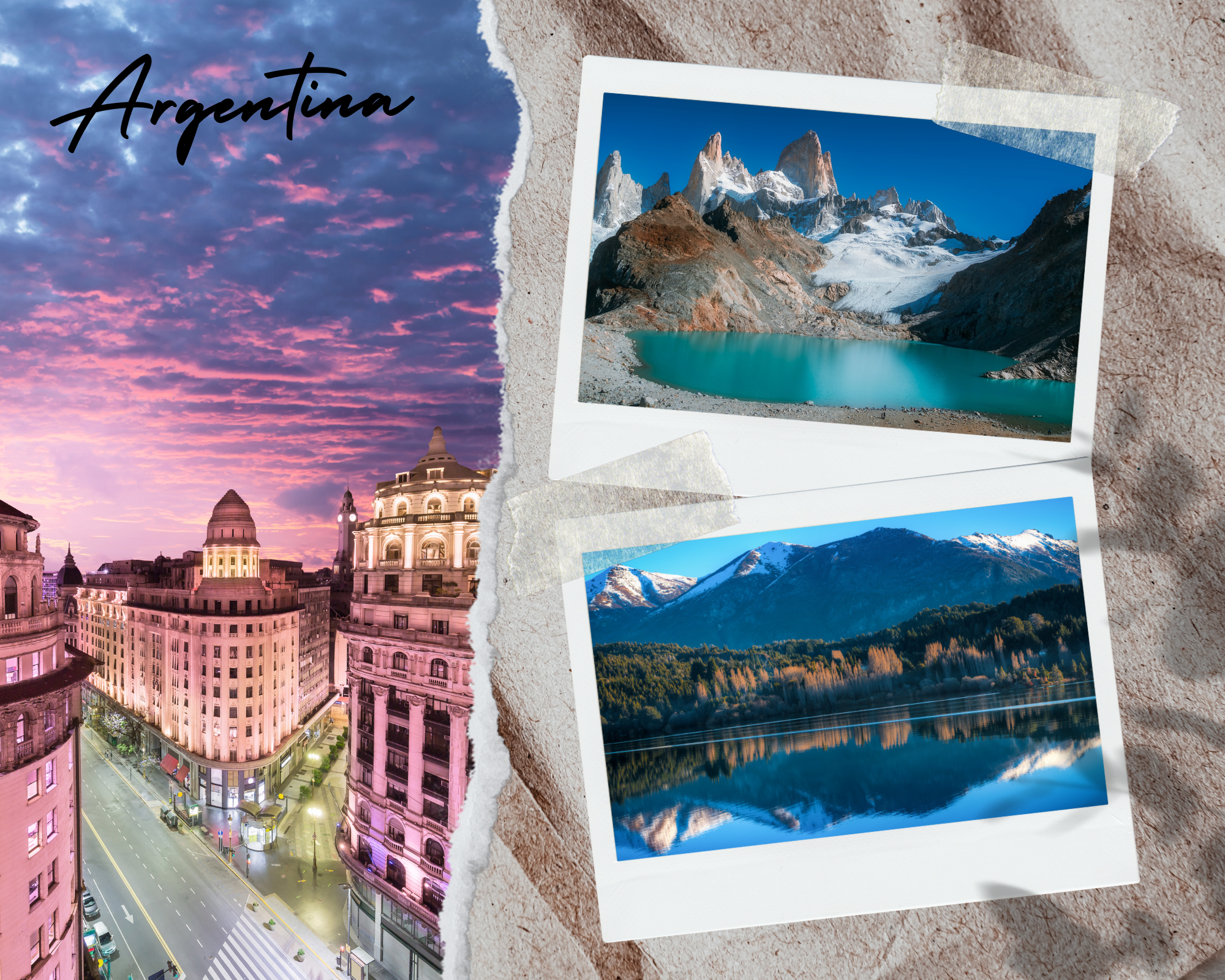
Photo Source : traveldreamdiary.com
Table of Contents
Argentina Map
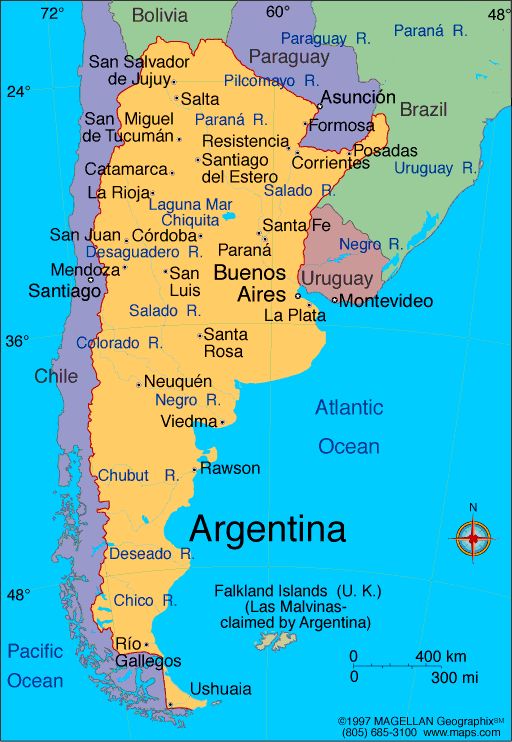
Photo Source : www.maps.com
Informations
Temperature: The best times to visit this country are in Spring (September through November) and in Fall (March through May).
Language: The official language is spanish. People speak English in places frequented by tourism.
Currency: Argentine Peso (ARS)
Food Prices: Meal in a cheap restaurant=8 USD,Meal for 2 People, Mid-range Restaurant=30 USD
You can find more information about the visa here.
Disclosure: Some of the links below are affiliate links, meaning that at no additional cost to you, I will receive a commission if you click through and make a purchase. Read our full affiliate disclosure here.
Things to do
Los Glaciares National Park
The Argentine portion of Patagonia is home to Los Glaciares National Park. In 1981, it was added to the UNESCO World Heritage List, with an area of 4459 km². The three major glaciers Perito Moreno Glacier, Upsala Glacier, and Viedma Glacier make up the majority of the national park, along with a few lesser ones. These run into two lakes that are only partially contained inside the national park: Lago Argentino and Lago Viedma.
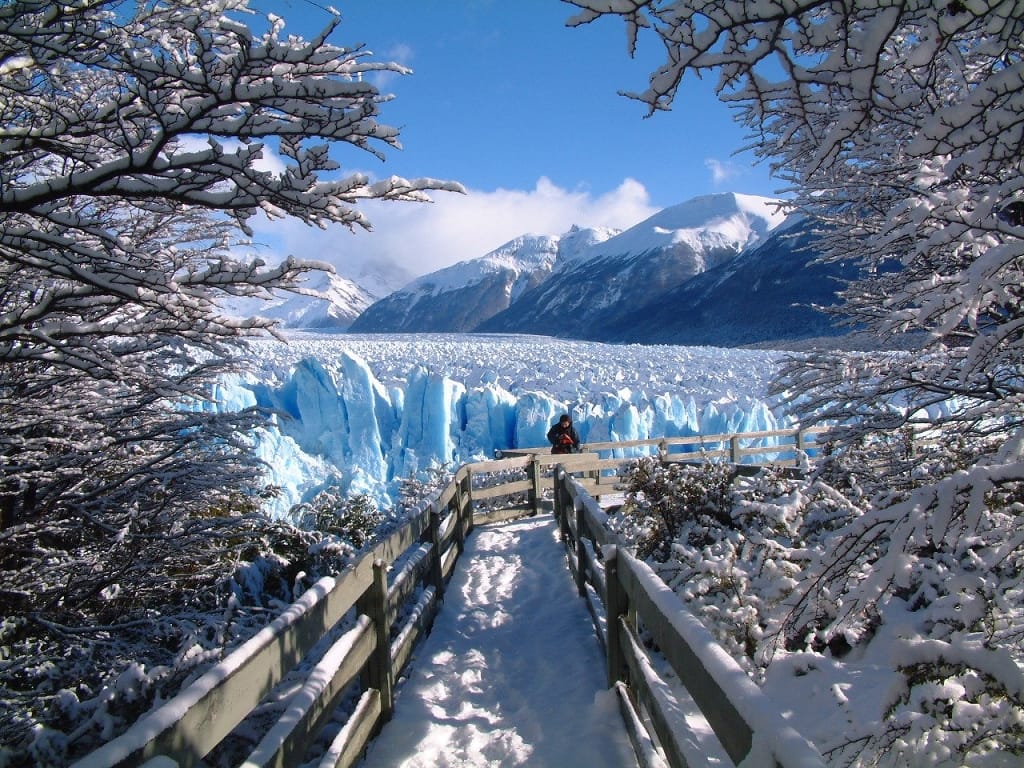
Photo Source : Moira Saade FTE. on Facebook
Aconcagua
The highest mountain outside of Asia, Aconcagua, is located in Argentina’s Andes at 6961 meters.Being the tallest mountain on the American continent, Aconcagua is well-known around the world. However, the main reason for its reputation is that mountaineers find it quite appealing. Aconcagua, at about 7000 meters, presents the same physical and mental challenges as an 8000-meter mountain, according to seasoned international mountaineers who have previously visited the Himalayas. Both known and unknown causes are included here. At 16,536 kilometers, it is the peak with the most dominance and the second-largest notch height, after Mount Everest.
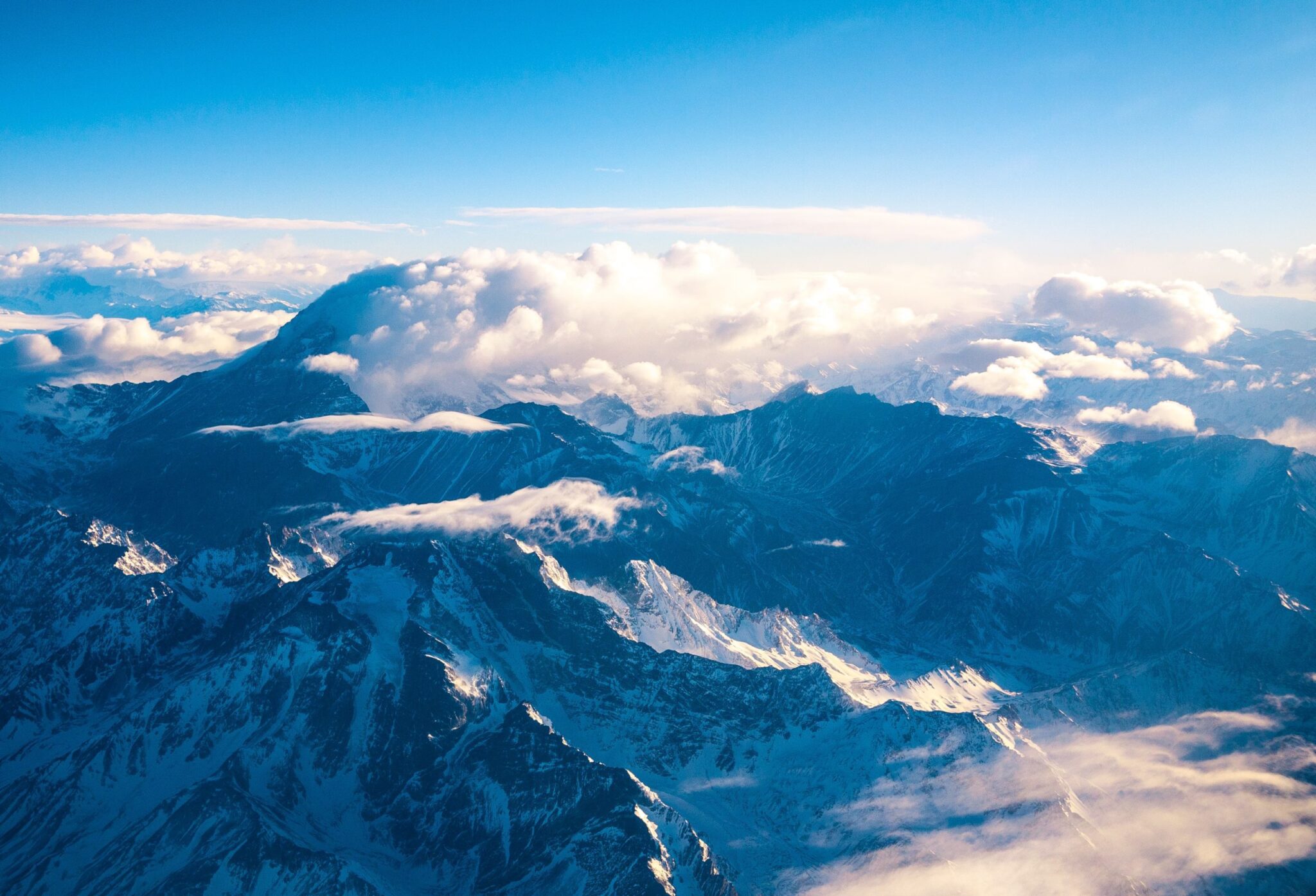
Photo Source : OanaAlexandra on canva.com
Iguazú National Park
Argentina’s northern region is home to the Iguazú National Park, which safeguards both the Argentine portion of the falls and the adjacent Atlantic rainforests. With a total area of 677 square kilometers, it was founded in 1934. Along with the Brazilian Iguaçu National Park, it was designated as a World Heritage Site in 1984.
Situated on a basaltic line that spans the border between Argentina and Brazil, the semicircular waterfall in the center of this attraction is around 80 meters high and 2,700 meters in circumference. One of the most breathtaking waterfalls in the world, it is composed of several cascades that produce enormous sprays of water. In addition to the normal wildlife of the area, which includes tapirs, giant anteaters, howler monkeys, ocelots, jaguars, and caymans, the surrounding subtropical rainforest is home to more than 2,000 kinds of vascular plants.
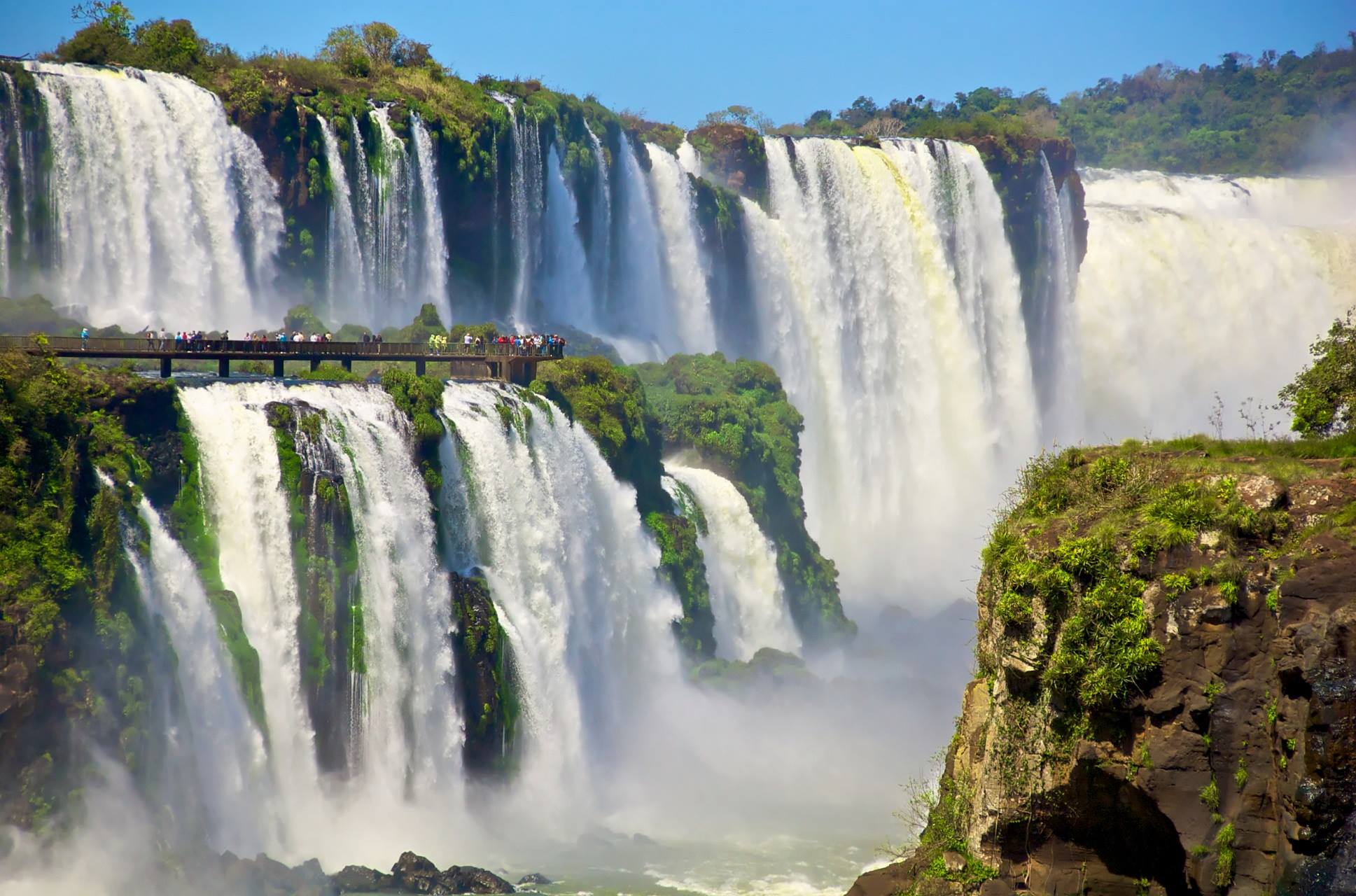
Photo Source : Silversurfers on Facebook
Plaza de Mayo
Buenos Aires, Argentina’s Plaza de Mayo, sometimes known as May Square in English, is a city square and the primary foundation site. After the Recova structure was demolished in 1884, it was created to unite the city’s Plaza Mayor and Plaza de Armas, which were then known as Plaza de la Victoria and Plaza 25 de Mayo, respectively. The most significant occurrences in Argentine history as well as the biggest public protests in the nation have taken place in Buenos Aires’ Plaza de Mayo. The Pirámide de Mayo, or May Pyramid, was first built in the center of the square in 1811 to commemorate the first anniversary of the May Revolution. It was Buenos Aires’ first national monument.
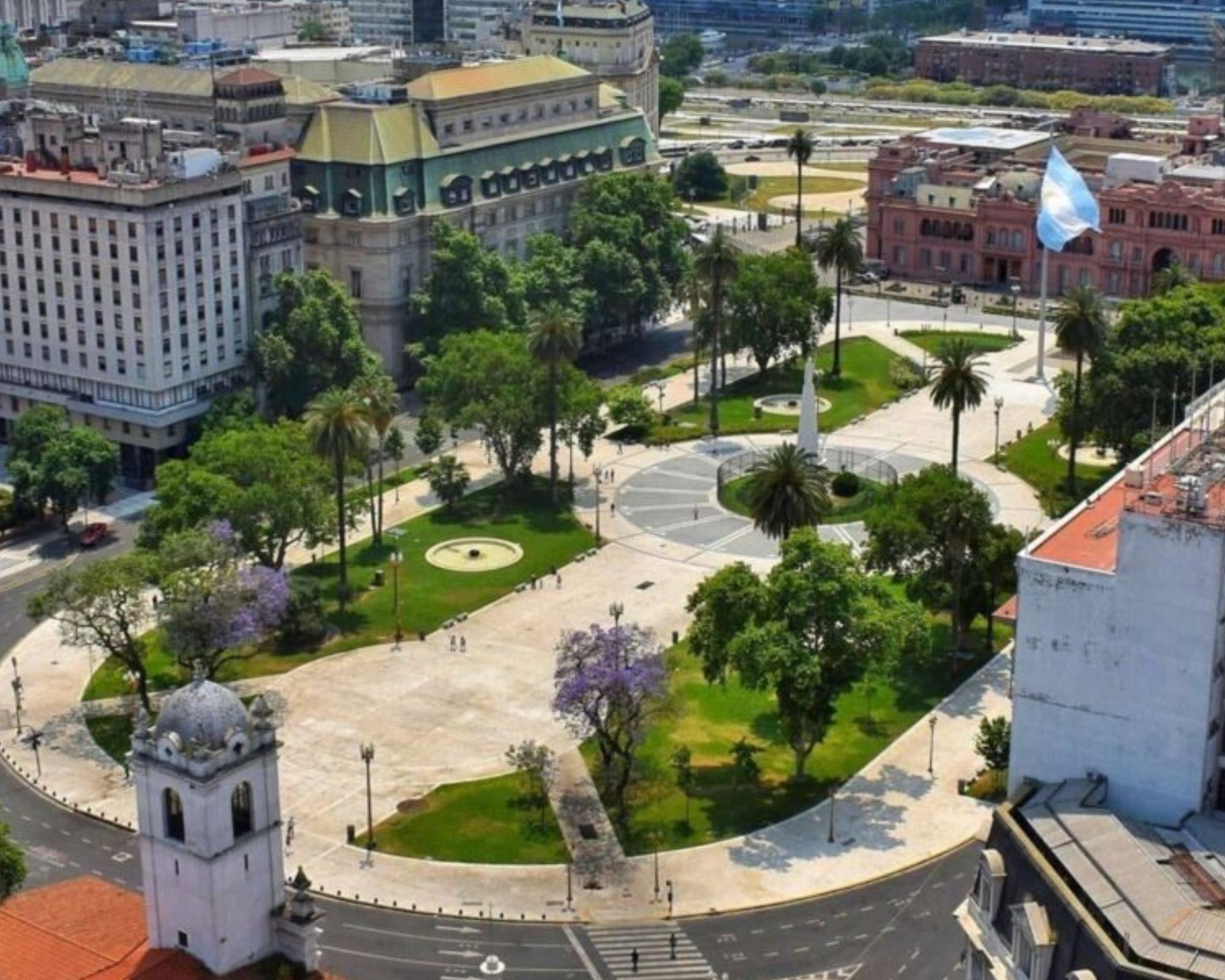
Photo Source : OanaAlexandra on Facebook
La Recoleta cemetery
One of the most affluent residential and commercial areas of Buenos Aires, Argentina’s capital, is the Recoleta neighborhood, where the La Recoleta cemetery is situated. It became the final resting place for many well-known and rich locals. Here are interred Argentine presidents, athletes, scientists, and actors, among them the renowned Eva Perón, Juan Perón’s second wife.
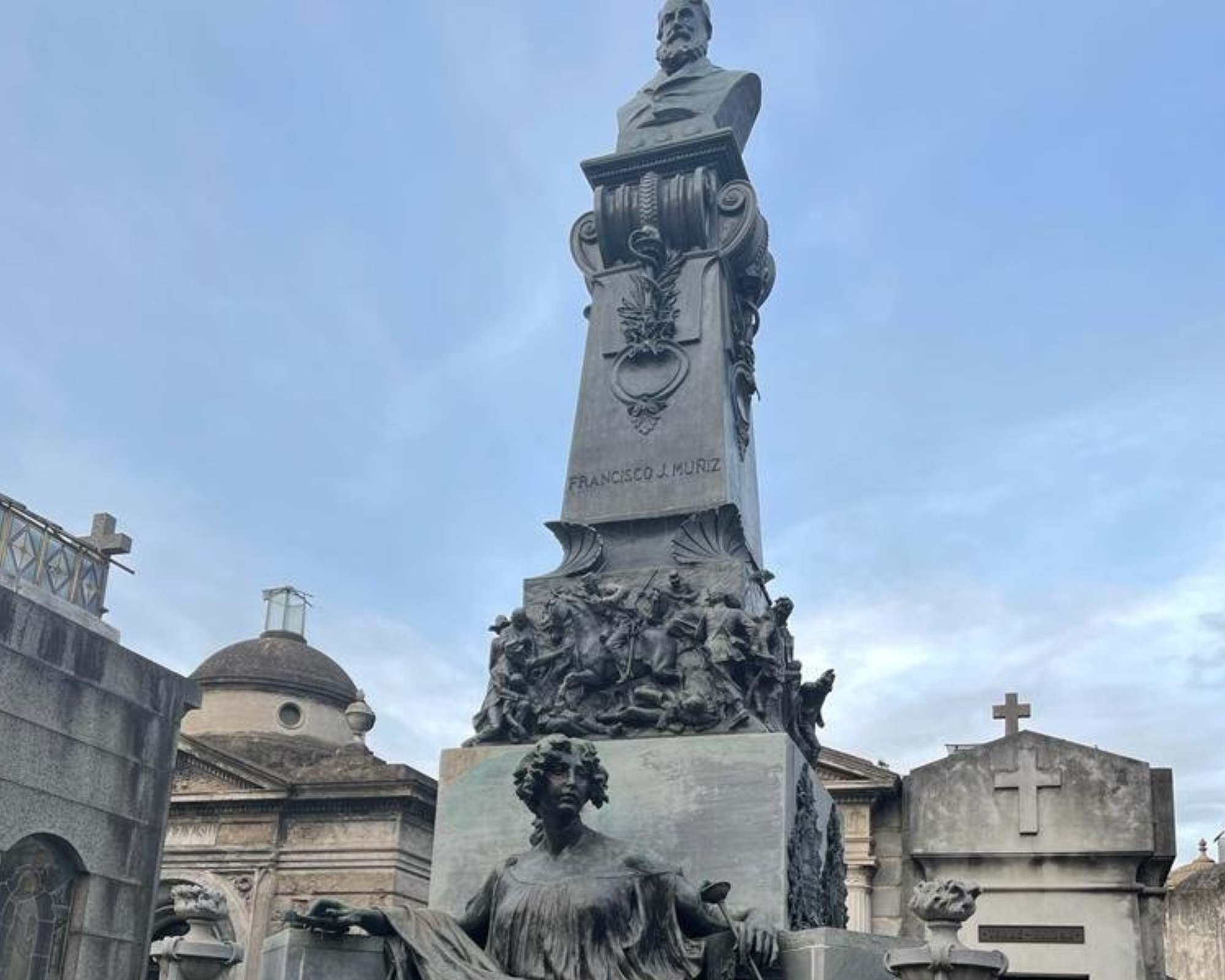
Photo Source : OanaAlexandra on Facebook
Caminito
The Caminito is a pedestrian area in the La Boca neighborhood of the Argentine capital, Buenos Aires, that is roughly 100 meters long.This iconic site located in the Buenos Aires city of La Boca, full of history, has captivated visitors from all over the world for decades. This famous Argentine corner, with its vibrant architecture and deep cultural legacy, has been immortalized in countless photographs and is considered one of the most photographed places in the world according to Google Maps. However, despite its fame, the Caminito still harbors little-known secrets and details that make exploring this place a fascinating experience.
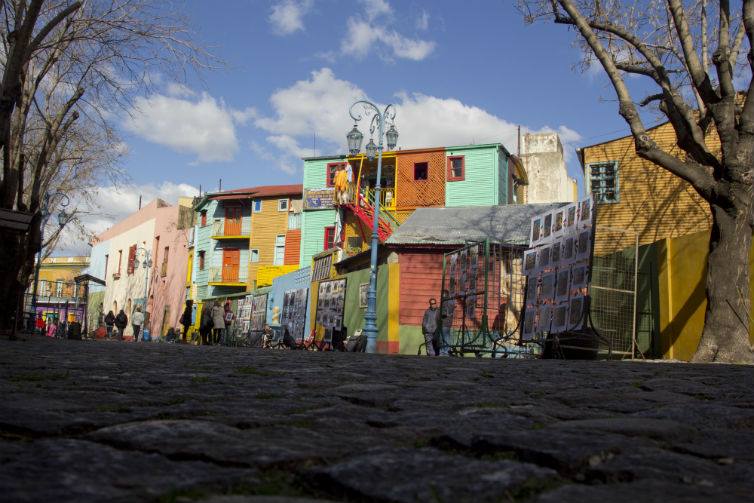
Photo Source : Turismo Argentina on Facebook
Casa Rosada
The residence of the Argentine president is called Casa Rosada. It is situated in the Montserrat neighborhood of the city of Buenos Aires, on the east side of Plaza de Mayo.The structure also houses a museum with artifacts connected to past Argentine presidents. Argentina has designated it as a National Historic Monument.In the past, the palace housed the governors’ headquarters, then the viceroys of the Viceroyalty of the Río de la Plata, and finally the Executive Power of the Argentine Republic following its independence in 1810.
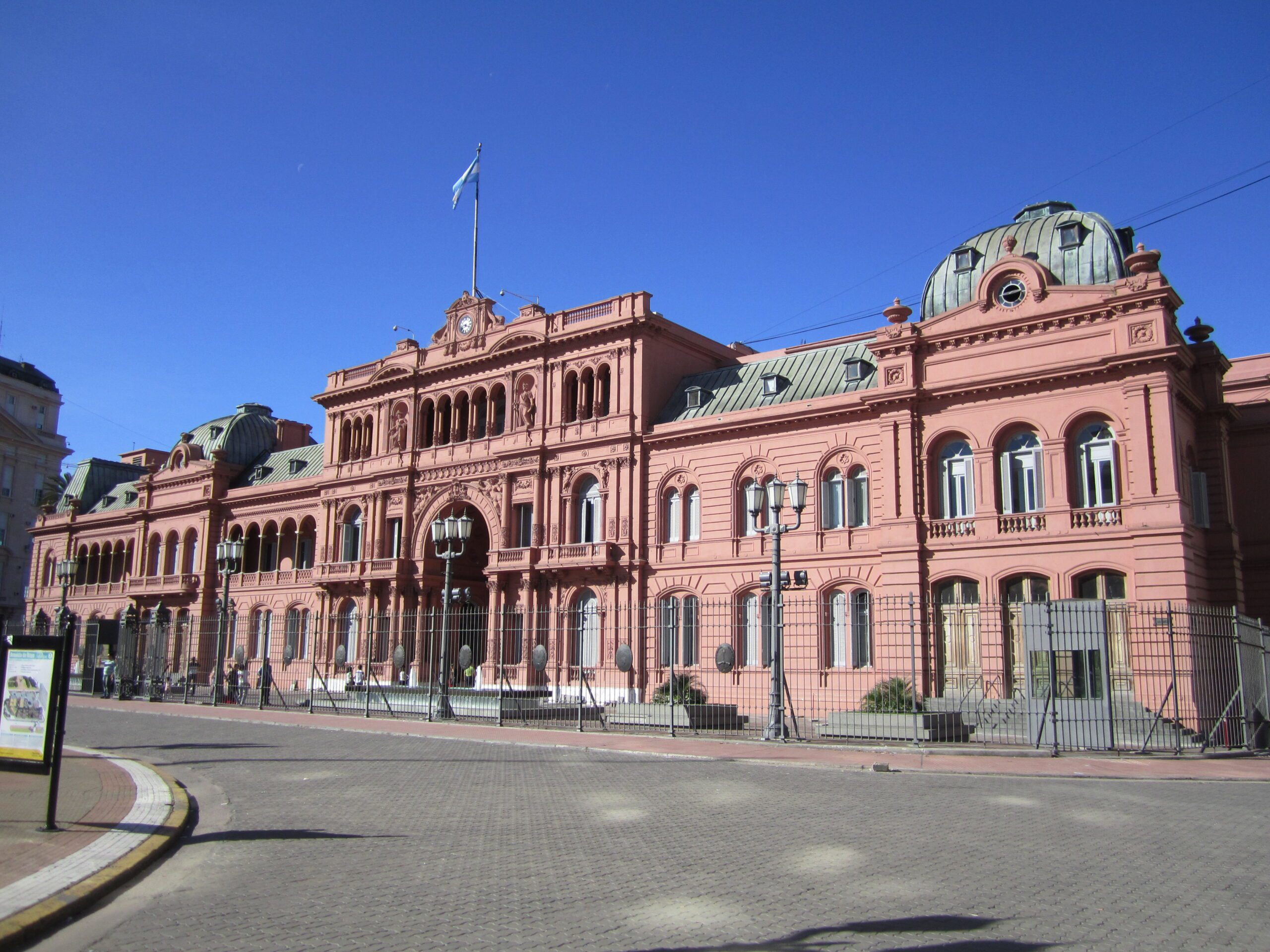
Photo Source : OanaAlexandra on canva.com
Quebrada de Humahuaca
Beginning close to San Salvador de Jujuy, the Quebrada de Humahuaca is an Argentine canyon that climbs for almost 150 kilometers to the city of Humahuaca. The Río Grande de Jujuy dominates the gorge, causing constant damage to the road and the abandoned railway line leading to Humahuaca. There is very little vegetation and the mountains are naked on both sides of the valley. There are rocks with various colors.
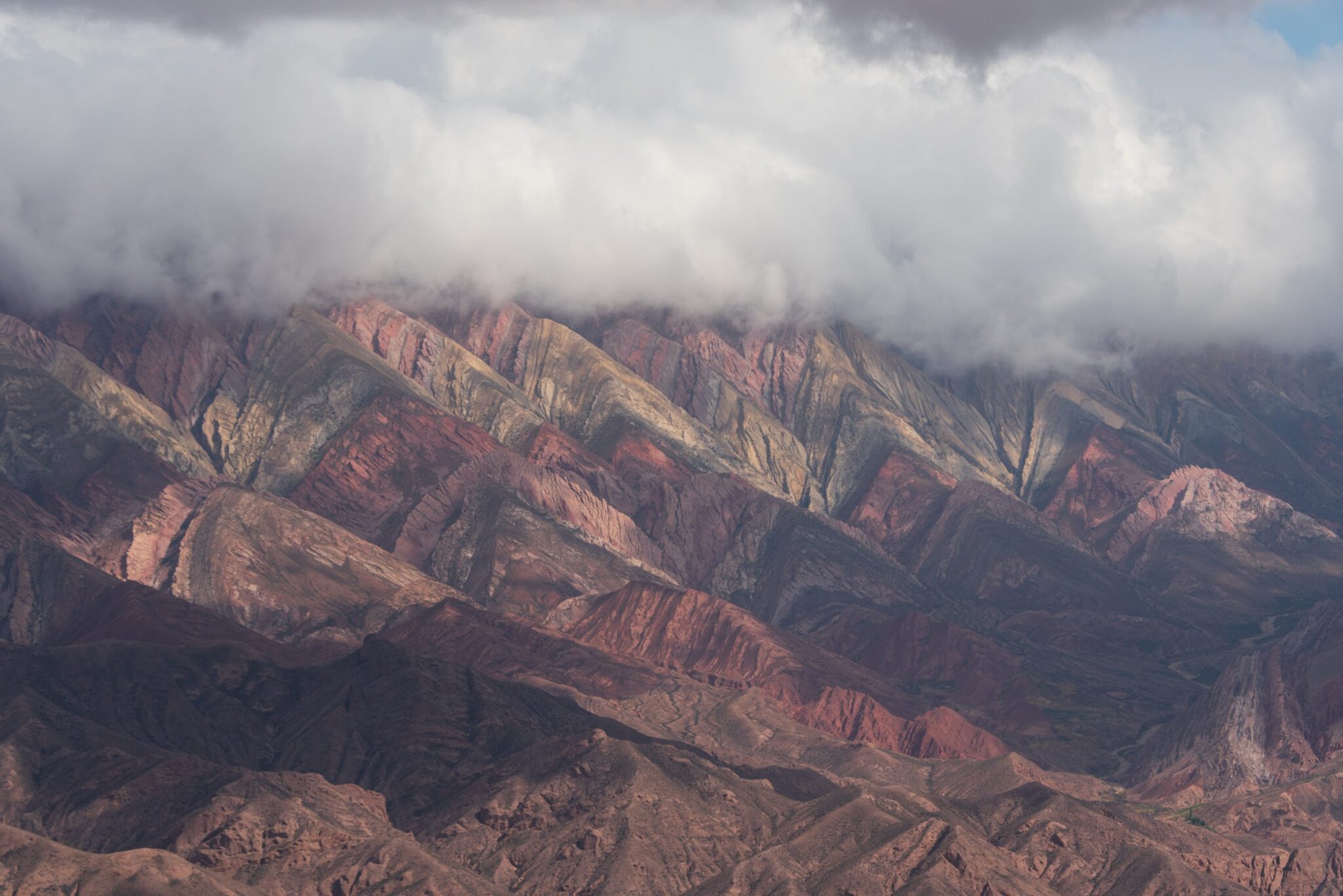
Photo Source : OanaAlexandra on canva.com
Torres del Paine
National Park
Over millions of years, Patagonia’s glaciers gradually sculpted this rocky terrain, creeping down from the Southern Patagonian Ice Field, which forms the park’s northwest boundary. Originally encompassing all of southern Chile, it is the largest portion of the Patagonian Ice Sheet. Everywhere you look—in its deep valleys, in the turquoise glacial lakes, in the glaciers dangling over jagged peaks and imposing themselves in front of snow-capped mountains, and in the varied ecosystem that flourishes within the Park—you can see the effects of this glacial erosion process.
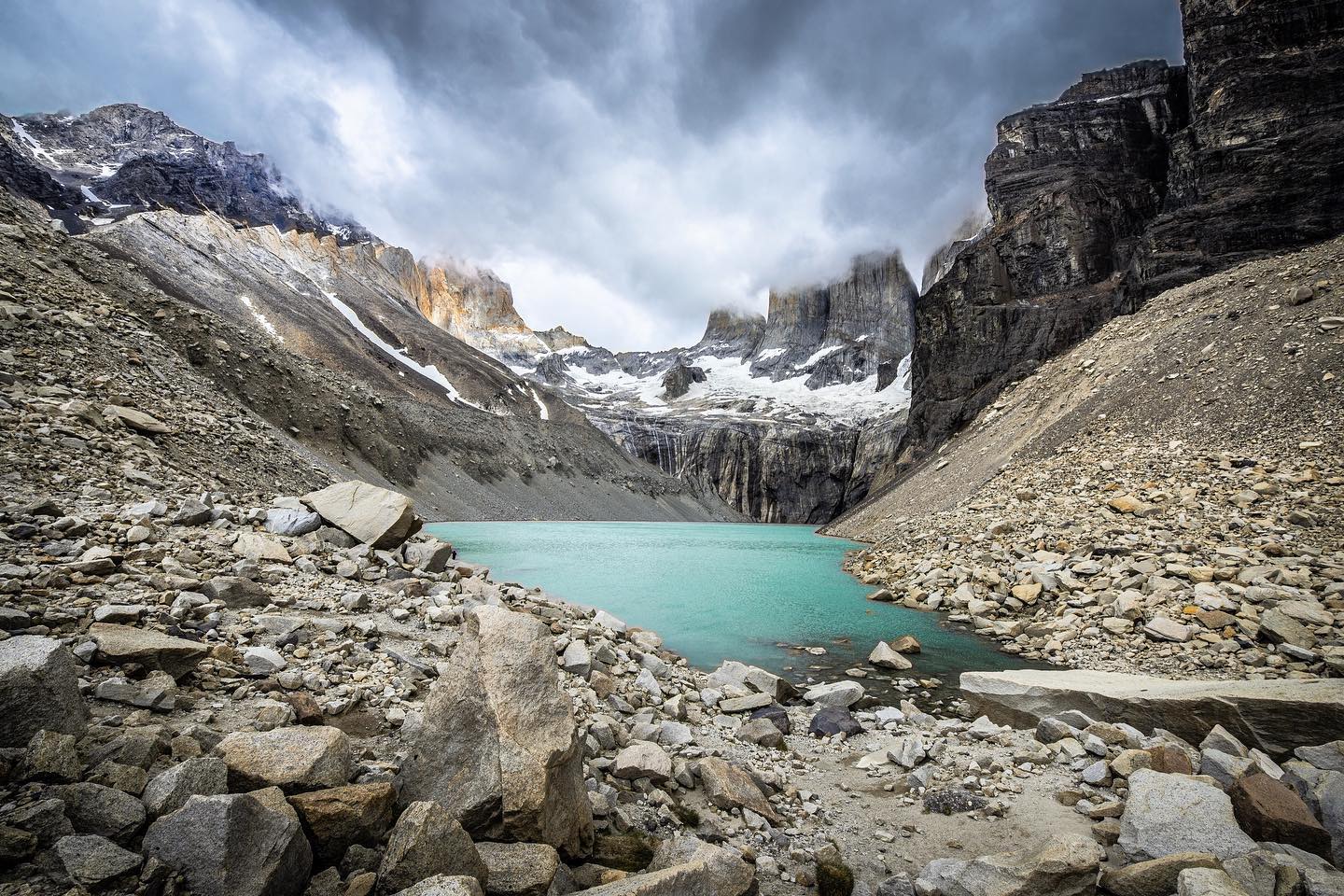
Photo Source : Ning Ma Photography on Facebook
Tierra del Fuego National Park
Argentina’s southernmost national park is called Tierra del Fuego. Situated 18 kilometers from Ushuaia, in the southeast of Tierra del Fuego island, is a 630 km² protected area. The national park is home to many breathtaking sights, including as glaciers, gorges and deep valleys, rivers, lakes, and peat bogs. One example of a peat bog that is still growing is the Laguna Negra.
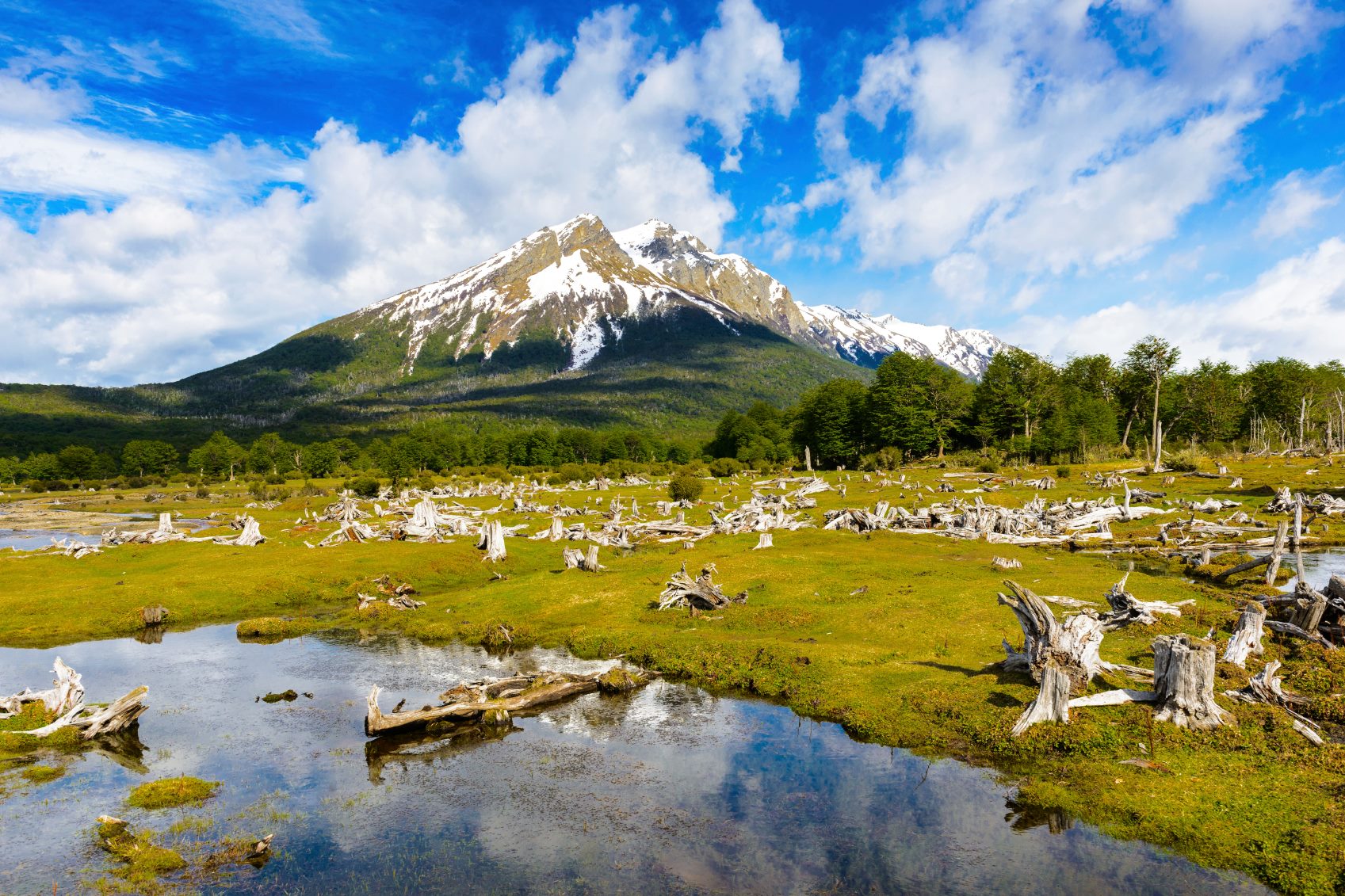
Photo Source : Our Honeymoon Destinations on Facebook
Parque Lezama
Located in the San Telmo neighborhood of Buenos Aires and serving as the headquarters of the National Historical Museum, El Parque Lezama is one of the many iconic walks in the city. Aunque hay historiadores qui duden que Pedro de Mendoza fundó la ciudad por primera vez aquí en 1536, ella fue abandonada un año más tarde debido a la hambruna, las enfermedades y la hostilidad de las tribus querandíes.The land belonged to several owners until 1857, when it was purchased by the wealthy salteño Gregorio Lezama. He brought in exotic plants and trees and hired European painters to create one of the most exquisite private gardens of the time. En 1894, Ángela Álzaga, su viuda, condenado los terrenos a la comunidad, con el requisito de que se
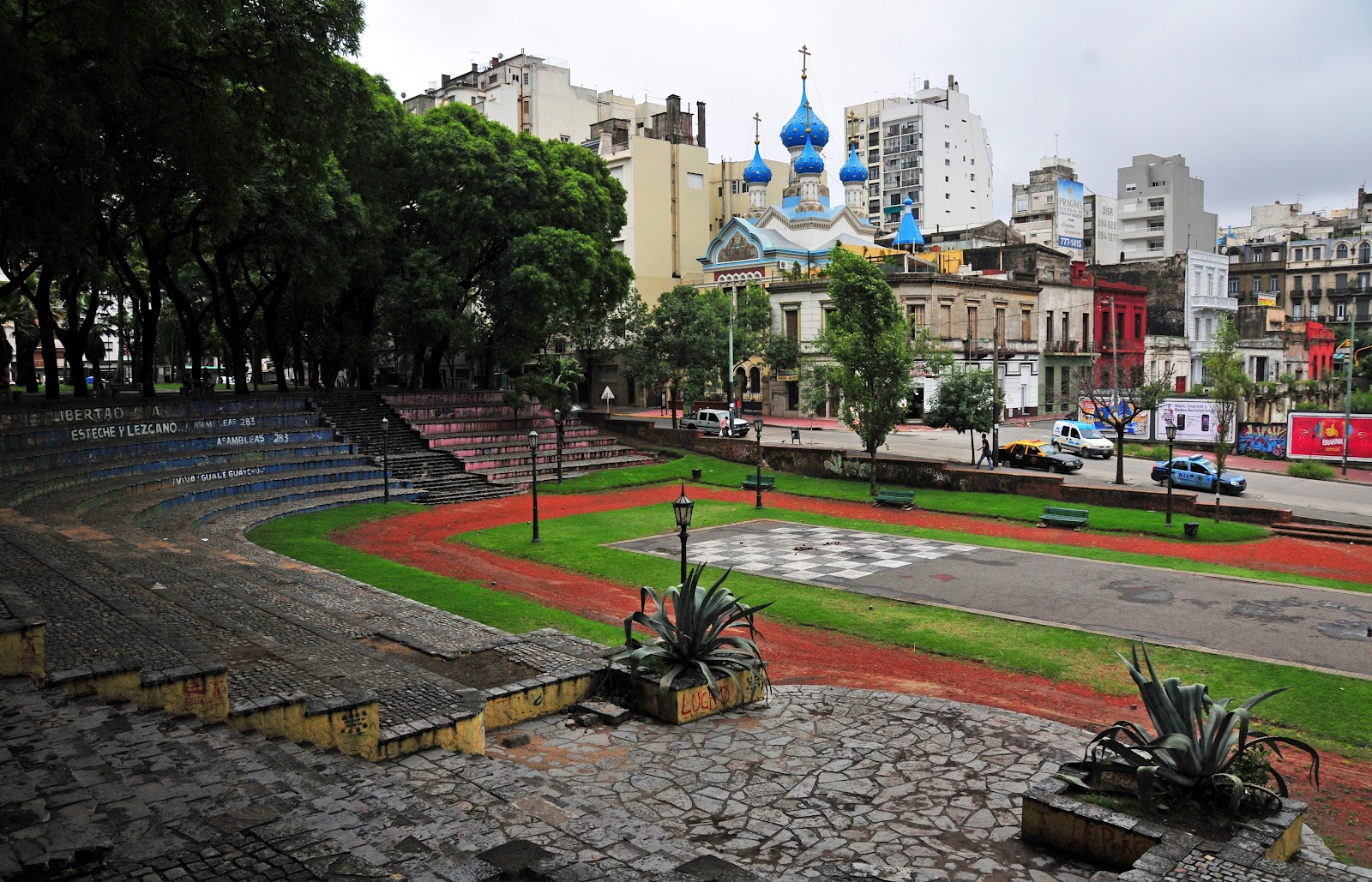
Photo Source : OanaAlexandra on canva.com
Paseo El Rosedal
Located in the Palermo area of Buenos Aires, the Palermo Rose Garden, also known as Paseo del Rosedal, is a classic park that unites the Parque Tres de Febrero group. There are 18,000 rosebushes on its 3.4 hectares, along with various artworks such as 26 busts of writers and poets, a Greek bridge, and an Andalusian patio.The Buenos Aires legislature designated it as Cultural Patrimony of the City of Buenos Aires on April 14, 2011, implying that any restoration or new construction must preserve the original design. It was awarded the World Federation of Rose Societies’ Garden Excellence International Distinction Award in 2012 and 2014.
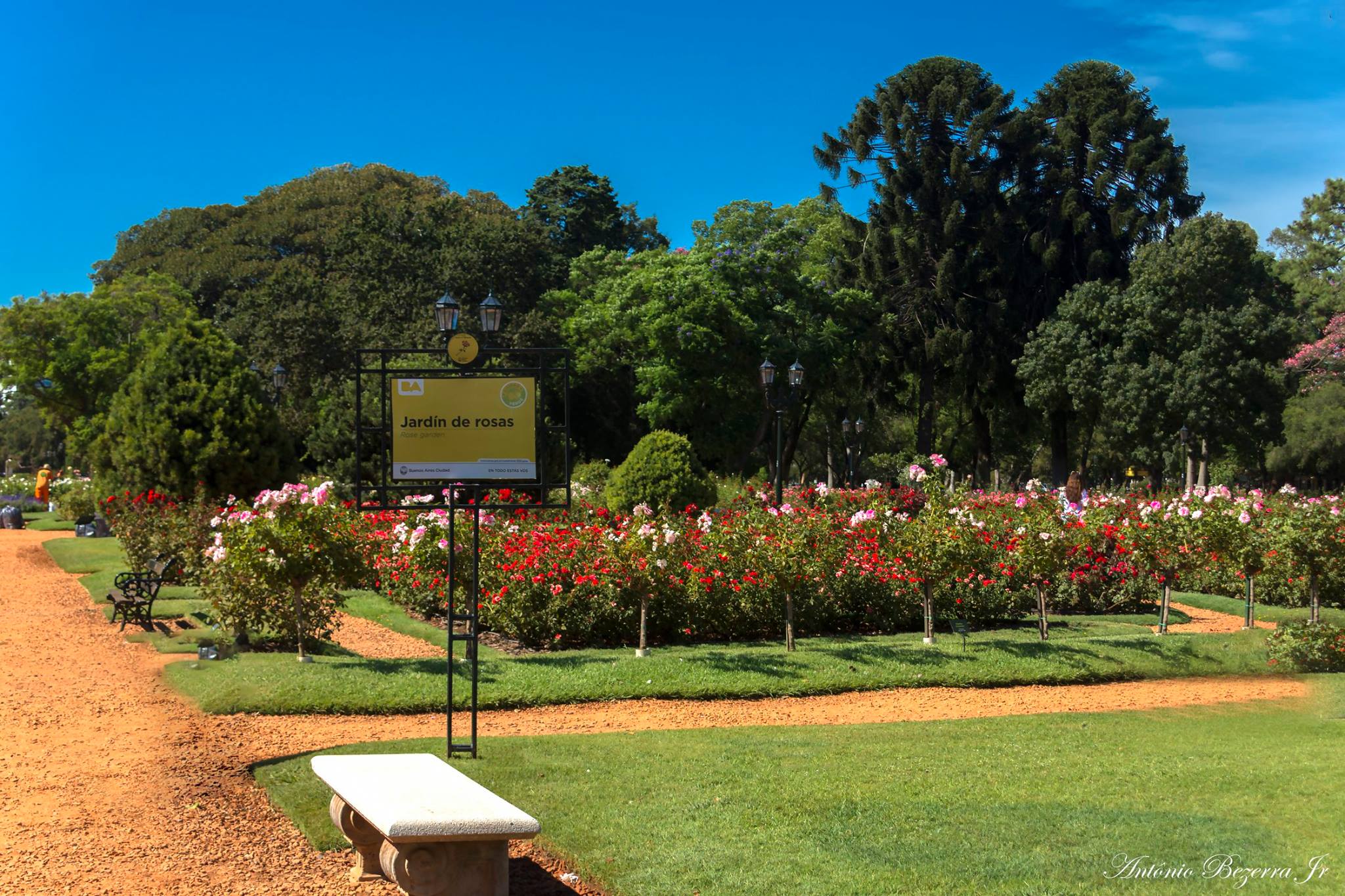
Photo Source : OanaAlexandra on canva.com
Obelisk of
Buenos Aires
Constructed in 1936, the Obelisk of Buenos Aires, also known as Spanish Obelisco, is a monument rising to a height of 67 meters in the city. It took less than four weeks to construct the obelisk. It stands where the 1773-built Church of San Nicolás once stood. When work on 9 de Julio Avenue started in 1936, the church was destroyed and rebuilt somewhere else. The obelisk is reachable; 206 steps take you to the summit, where four windows provide views.
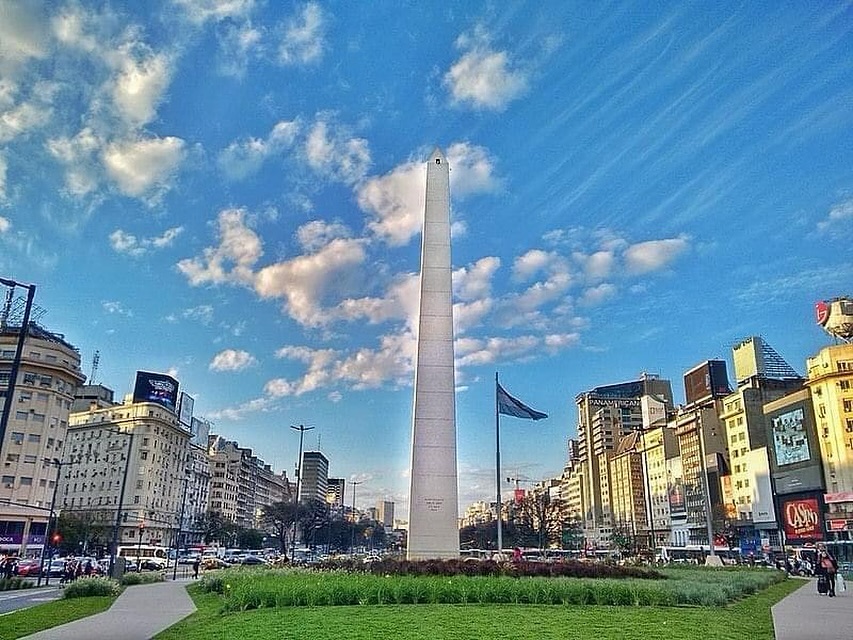
Photo Source : Juliano Carbonaro on Facebook
Teatro Colón
The principal opera venue in Buenos Aires, Argentina, is the Teatro Colón. National Geographic lists it as one of the top 10 opera houses in the world. The Teatro Colón boasts the best opera room and the second-best concert hall in the world, according to a poll conducted by acoustics specialist Leo Beranek among eminent international opera and orchestra directors.The first Colón theater, which debuted in 1857, was replaced with the current one. It became evident towards the end of the century that a new theater was required, and on May 25, 1908, Giuseppe Verdi’s Aïda premiered the current theater following a 20-year process.
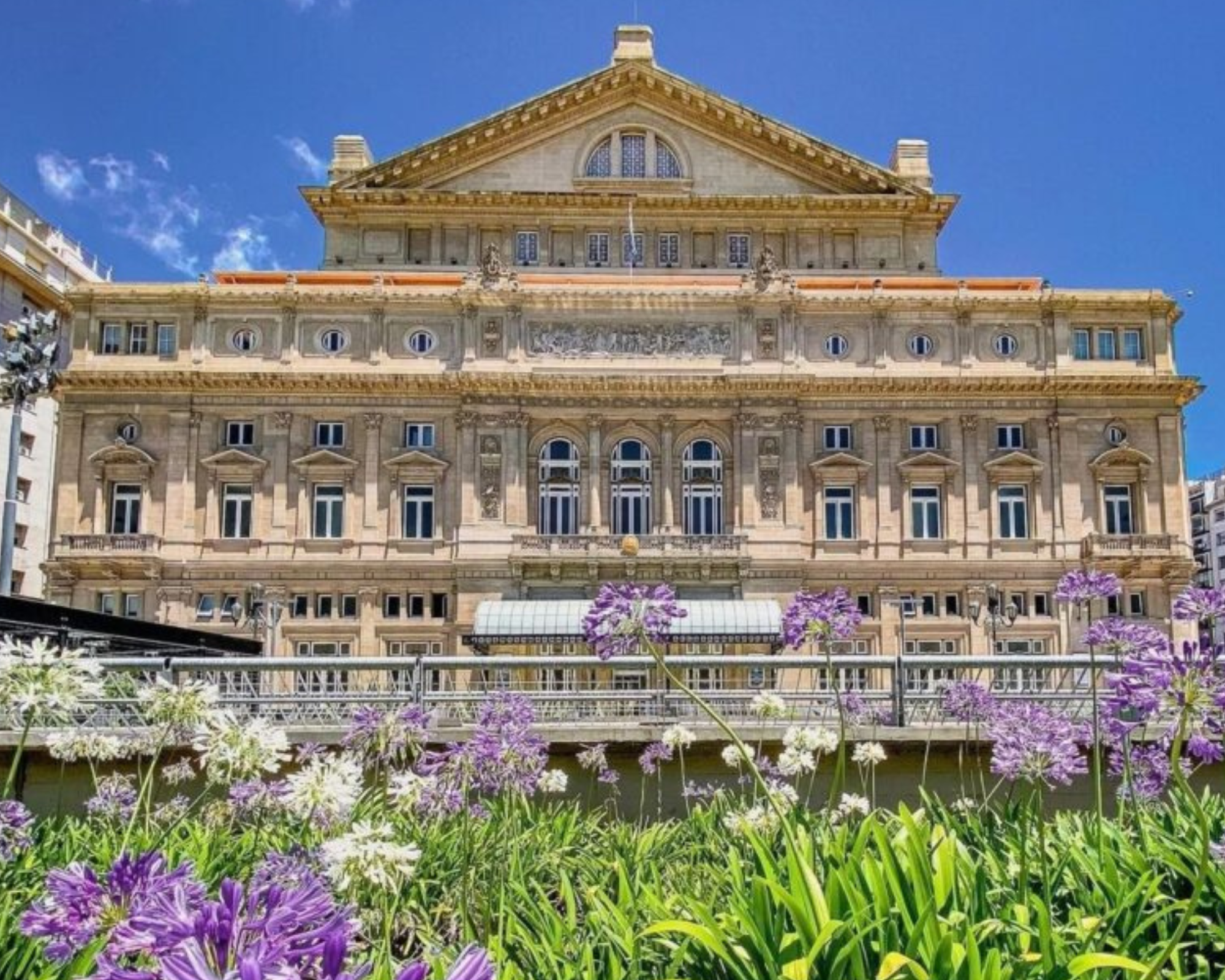
Photo Source : OanaAlexandra on Facebook
Nahuel Huapi
National Park
The renowned Argentine scientist-explorer “Perito” Francisco Moreno is credited with creating Nahuel Huapi National Park (Parque Nacional Huapi in Spanish). In 1903, he gave the government a small portion of the park, stating that its breathtaking beauty should be maintained for the public’s enjoyment forever. It was formally designated as Argentina’s first national park in 1934. It presently encompasses the gateway town of Bariloche in the Lake District and roughly 720,000 hectares in the provinces of Neuquén and Río Negro.
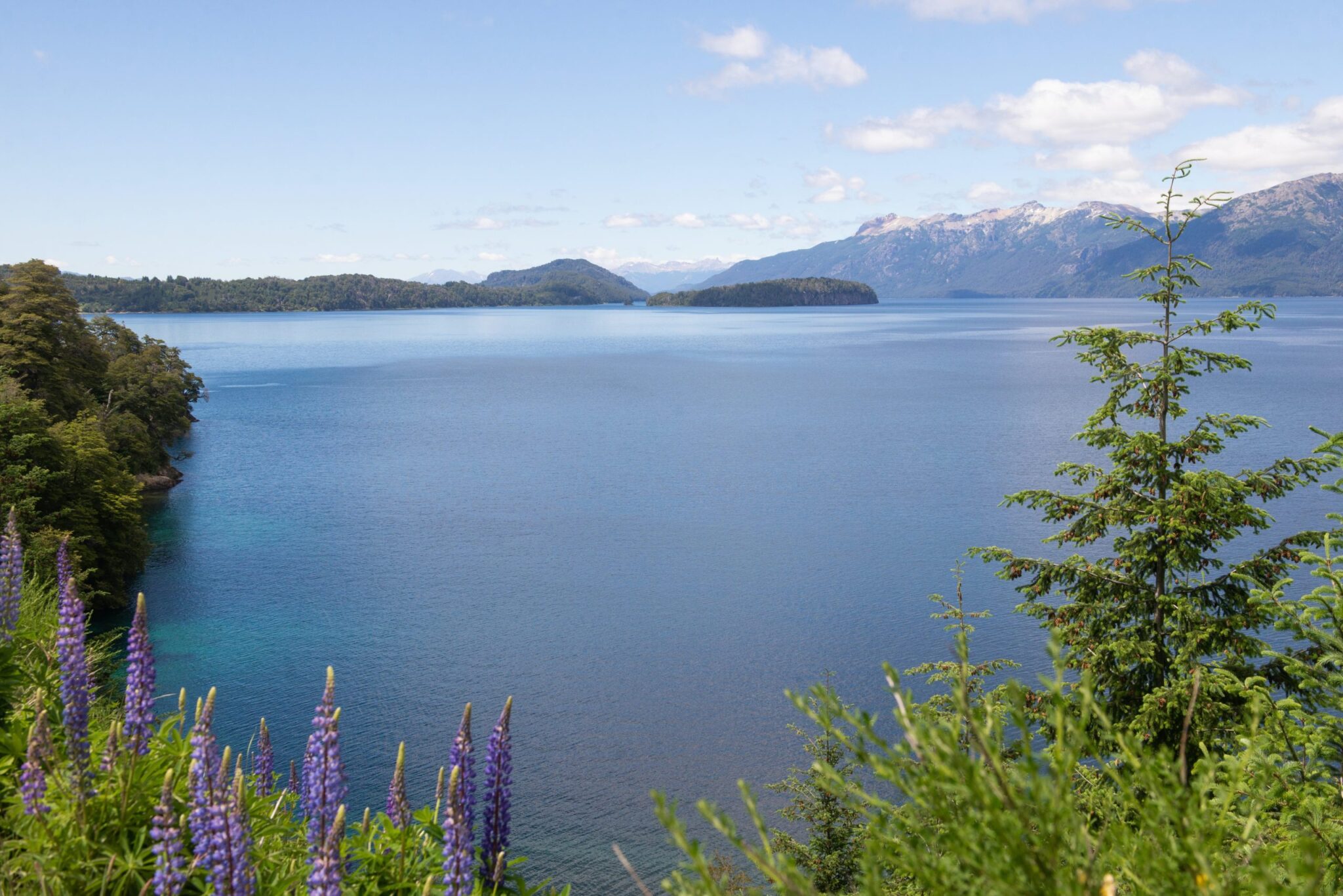
Photo Source : OanaAlexandra on Facebook
Parque Tres de Febrero
The primary recreational space for Buenos Aires residents is Tres de Febrero Park, widely known as Bosques de Palermo. It is situated between Avenida Del Libertador and Avenida Leopoldo Lugones in the city’s north. Thousands of locals and visitors to Buenos Aires come every day to stroll, play sports, sip mate, have a picnic, and escape the concrete and asphalt of the big city..
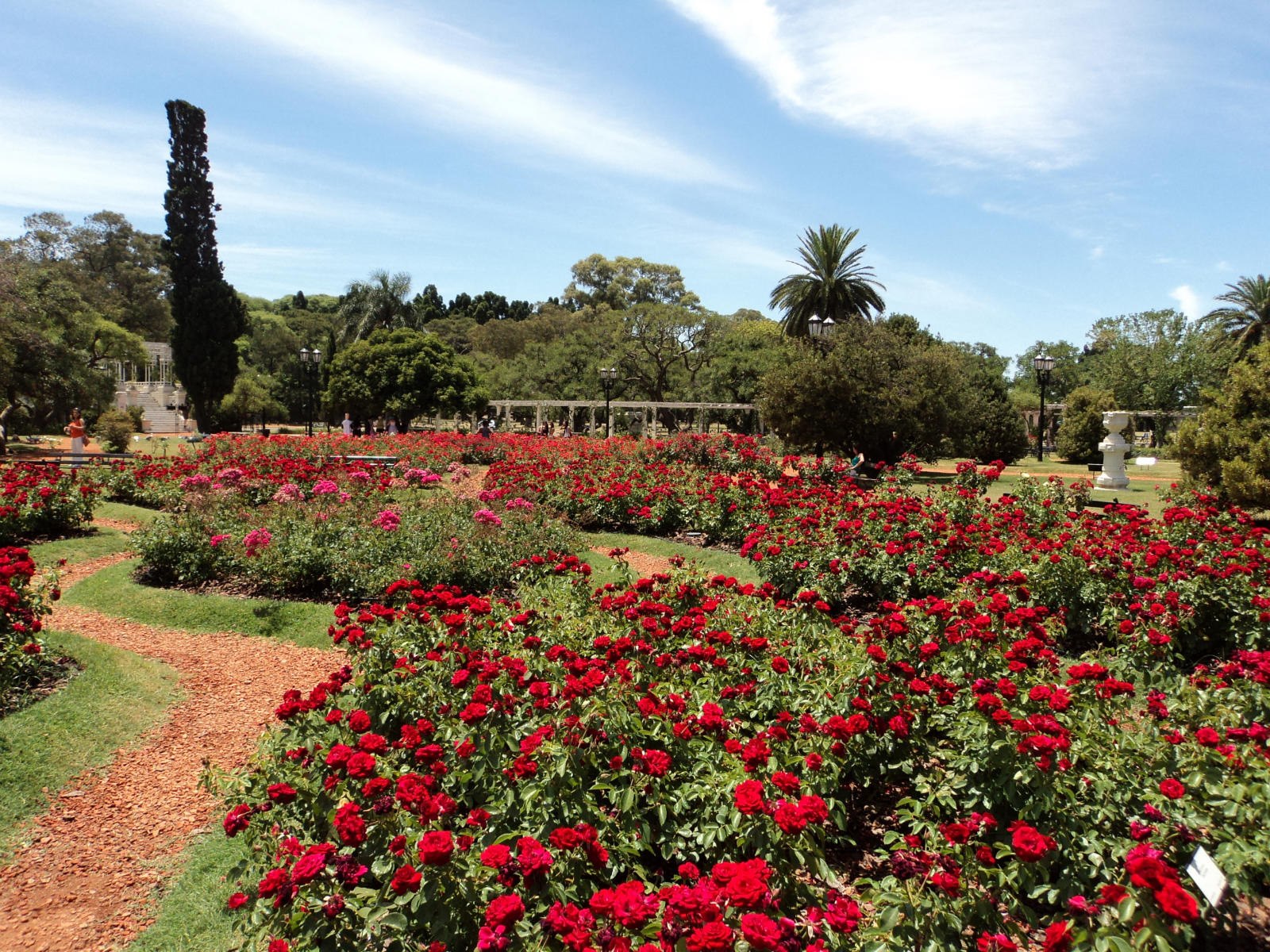
Photo Source : OanaAlexandra on canva.com
Palacio Barolo
Located in Buenos Aires’ Montserrat area, the Palacio Barolo is a 22-story office skyscraper. Dante Alighieri’s Divine Comedy is referenced and honored throughout the Barolo Palace. a distinctive architectural style that combines elements of Neo-Romantic and Neo-Gothic architecture. The dome, with its distinctive Indian-style Budanishar area, symbolizes the Tantric union between the Divine Comedy’s main characters, Dante and Beatriche.
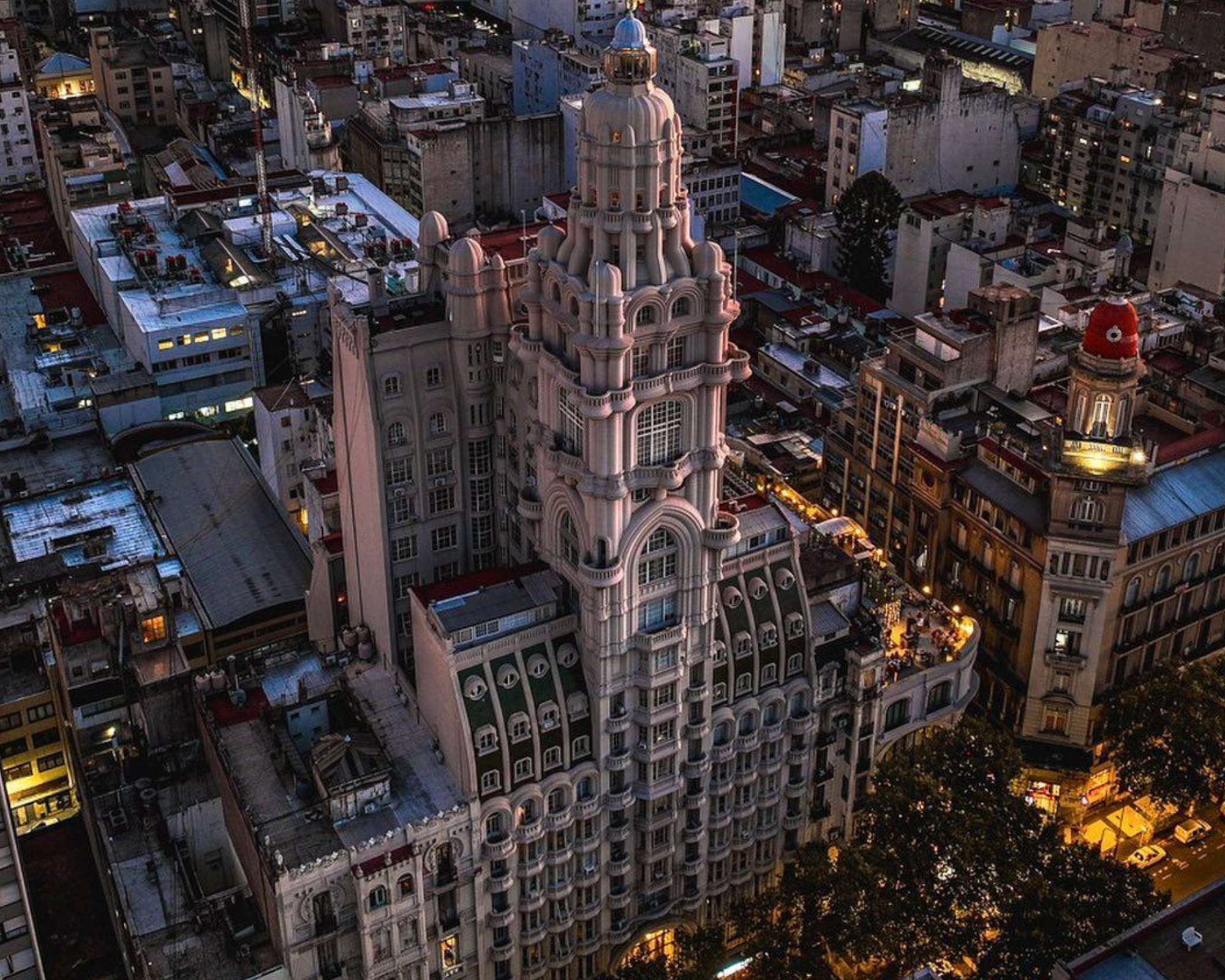
Photo Source : Descubre Argentina on Facebook
Puente de la Mujer
The Spanish architect Santiago Calatrava created the Women’s Bridge in the Argentinean city of Buenos Aires. In Latin America, it is the sole one of his creations. Because the steel used in the bridge is not produced in Argentina, its components were made by the Urssa firm in the Basque Country’s city of Vitoria. The bridge’s components were all constructed in Vitoria, which is south of Bilbao, and then shipped to Buenos Aires for on-site assembly.
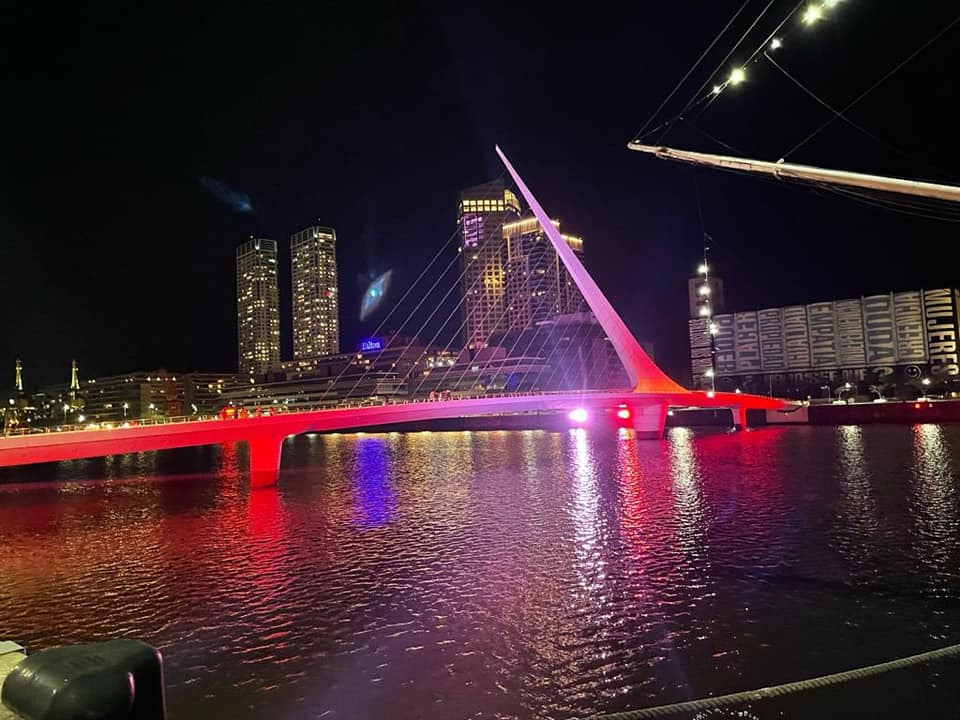
Photo Source : MOMO Uruguay on Facebook
Japanese garden
One of the largest Japanese gardens outside of Japan, the Buenos Aires Japanese Gardens (Jardín Japonés de Buenos Aires in Spanish, ブエノスアイレス日本庭園) is a public area in Buenos Aires, Argentina, that is managed by the nonprofit Japanese Argentine Cultural Foundation.After a smaller, comparable garden in the Retiro neighborhood was demolished, the Japanese Argentine Cultural Foundation obtained the right to 2 hectares (4.9 acres) in the northeast corner of the city’s large Parque Tres de Febrero with the intention of constructing a successor. When Japan’s Crown Prince Akihito and Princess Michiko made a state visit to Argentina in 1967, the gardens were officially opened.
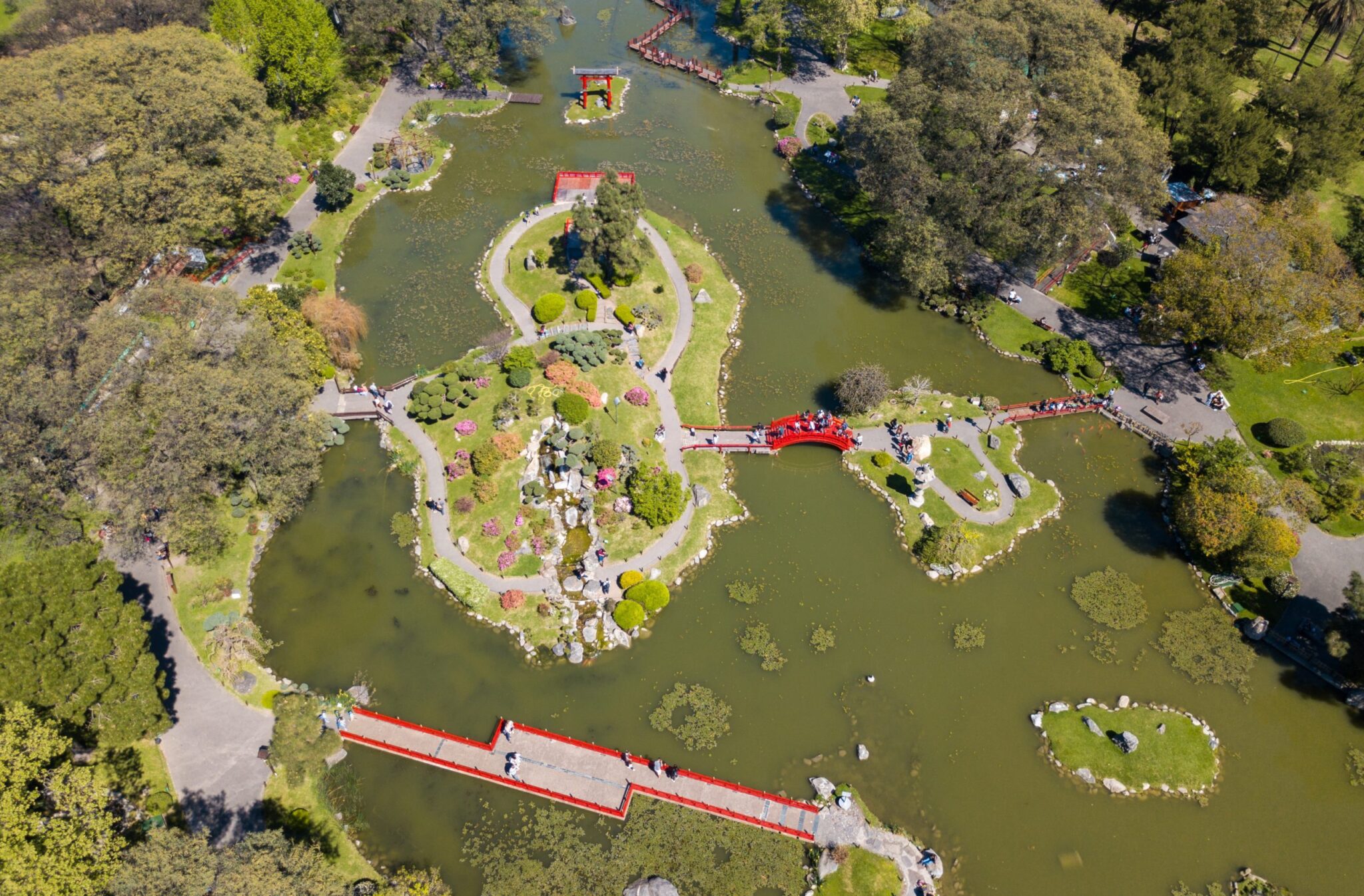
Photo Source : OanaAlexandra on canva.com
San Ignacio Miní
Roque González de Santa Cruz founded the former Jesuit reduction known as San Ignacio Miní. It is situated in Argentina’s San Ignacio, 63 kilometers northeast of Posadas. Following the Spanish expulsion of the Jesuits from South America in 1767, the Guaraní gave up on the reduction, leaving the city abandoned. It and three other Argentine missions were included in UNESCO’s 1984 World Heritage List.
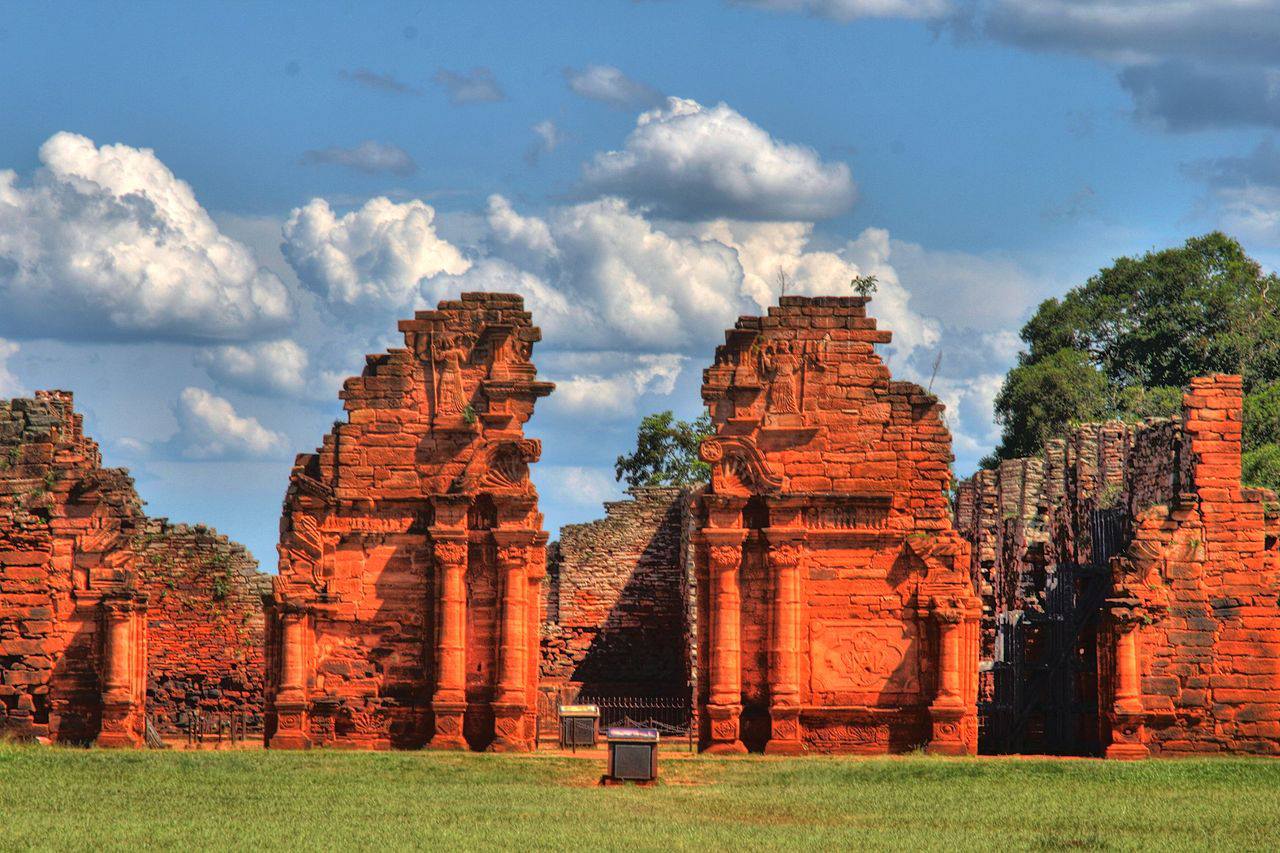
Photo Source : OanaAlexandra on canva.com
Reserva Ecológica de
Buenos Aires
The 350-hectare lowland region on the banks of the Río de la Plata, east of the Puerto Madero waterfront, is called the Reserva Ecológica de Buenos Aires, or Reserva Ecológica Costanera Sur. The land is home to four lagoons. Naturally, you are not alone here, particularly on the weekends, as city walkers and joggers share the lovely scenery. The park is, after all, a significant neighborhood recreation space.
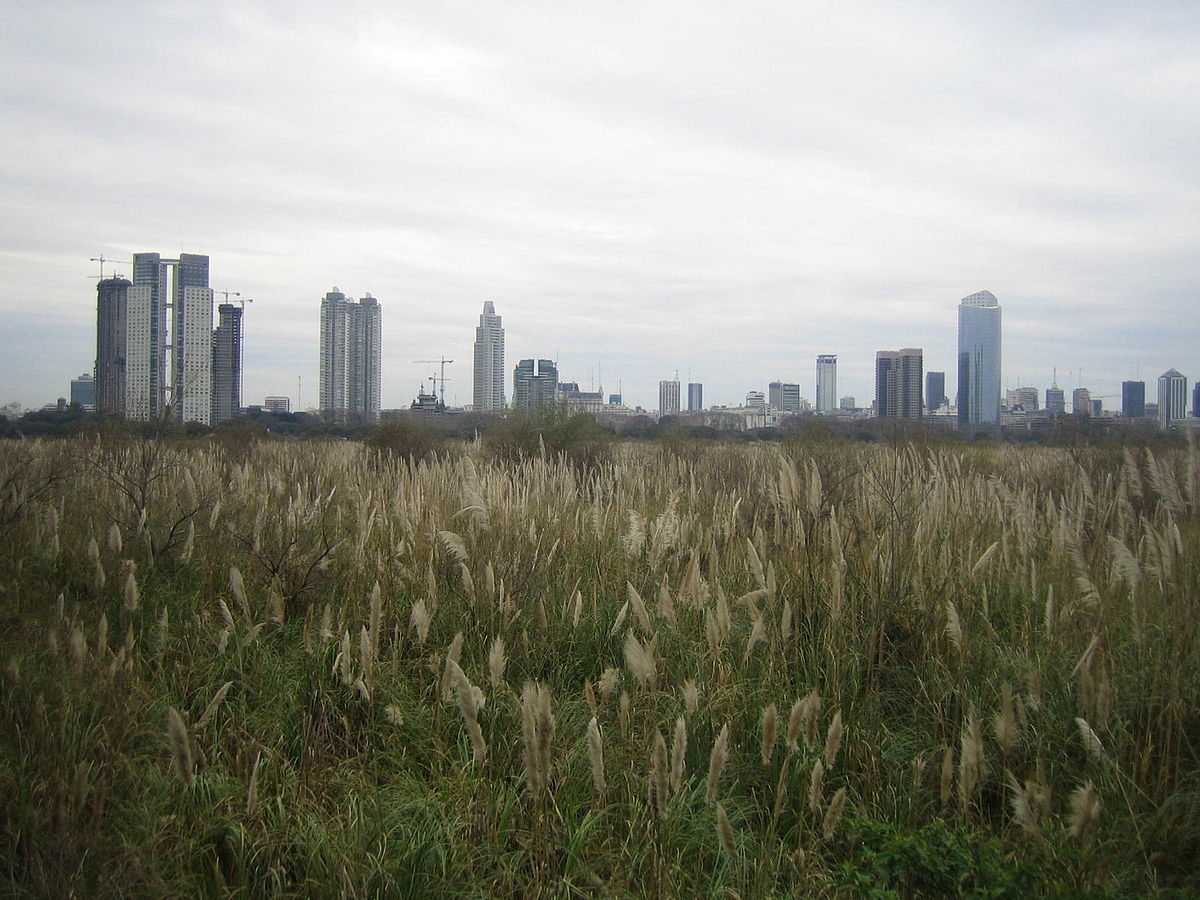
Photo Source : OanaAlexandra on canva.com
Plaza del Congreso
Buenos Aires, the capital of Argentina, has a square called Plaza del Congreso. Situated in the Balvanera neighborhood, it is linked to Plaza de Mayo by means of Avenida de Mayo. The Plaza del Congreso, Plaza Lorea, and Plaza Mariano Moreno are three adjacent squares that, despite their initial appearance, appear to be one.
It is made up of 3 squares: Plaza del Congreso proper, Plaza Mariano Moreno and Plaza Lorea. The complex was conceived urban-wise by Carlos Thays within the framework of the celebrations of the centenary of the May Revolution. Construction finished in January 1910.
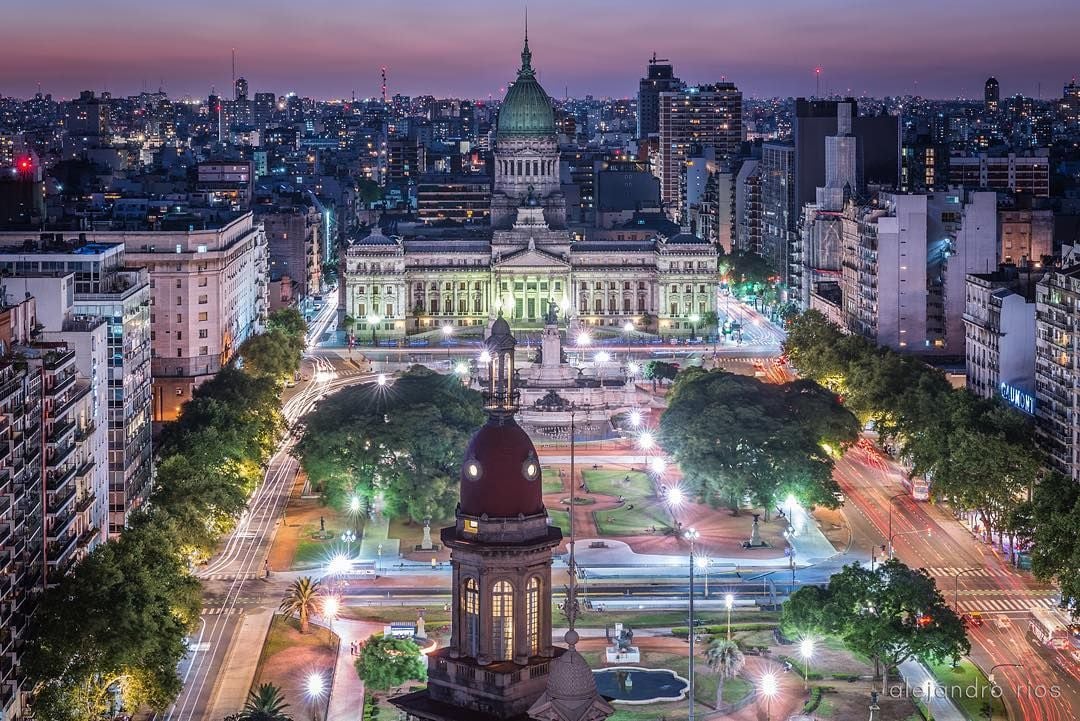
Photo Source : CIELOS DE BUENOS AIRES on Facebook
Villarrica National Park
Situated in the ‘Little South’ of Chile, the Villarrica National Park lies east of the lake bearing the same name, Lago Villarrica. It extends to the Argentine border from Pucón. The extent of this oldest national park in Chile is 63,000 hectares. It spans from the glacier region to arid, volcanic gravel plains, araucarias and lenga forests.
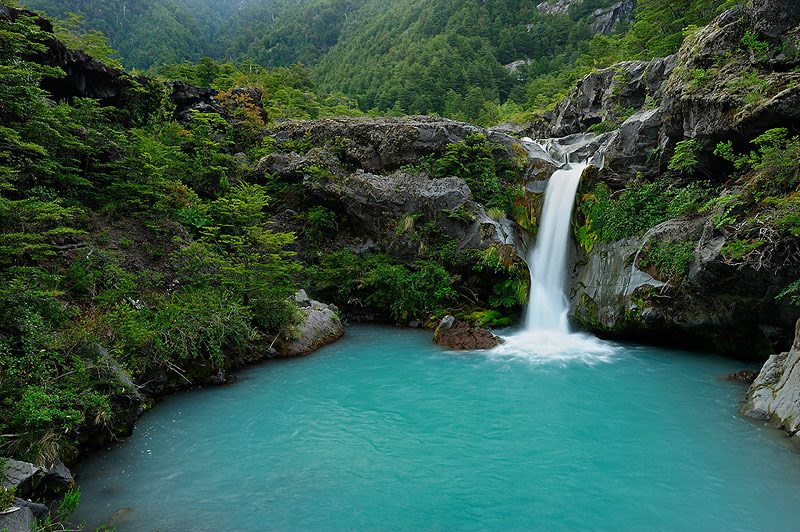
Photo Source : Conociendo Chile on Facebook
Book your perfect vacation!
Vacations: We are happy that we have the opportunity to work with the most famous companies in the world, we always order our vacations from these companies and we have never been disappointed: Check 24, Trivago, Trafalgar, TravelUp, Insight Vacations, Explorer Fernreisen.
Hotels, bed & breakfasts, and guesthouses, regardless of location—in the center of town, close to a lake, or amid natural surroundings. We were able to identify the top companies providing the best hotels: Booking.com, Trip.com, TravelUp, esky, Hoteltopia, Millennium Hotels and Explorer Fernreisen.
Saving Tips
Book your tours!
Tours: If you do not go by car and need to know more information about the tours, and things to see, we recommend these companies that are offering tours for any kind of activity you want to do and where you can buy trips much cheaper than if you buy them when you arrive at your destination. It is always good to be able to save some money!
Viator, Get Your Guide, Tiqets, City Sightseeing, Sesame, Sightseeing Pass, Contiki, Riviera Travel, CityPass: the best activities in town!
Book your transport!
Rent a car!
Here you can find the best offers to rent the right car for you, as well as parking right in the airport: esky, Explorer, Centauro and intui.travel.
Book tour Flights!
If you have not found your desired flight, or you simply want more flight options to find the best and cheapest, we will help you with the best flight plans, where you will definitely find what you are looking for. With just one click you will find the cheapest flights to a wonderful destination!





















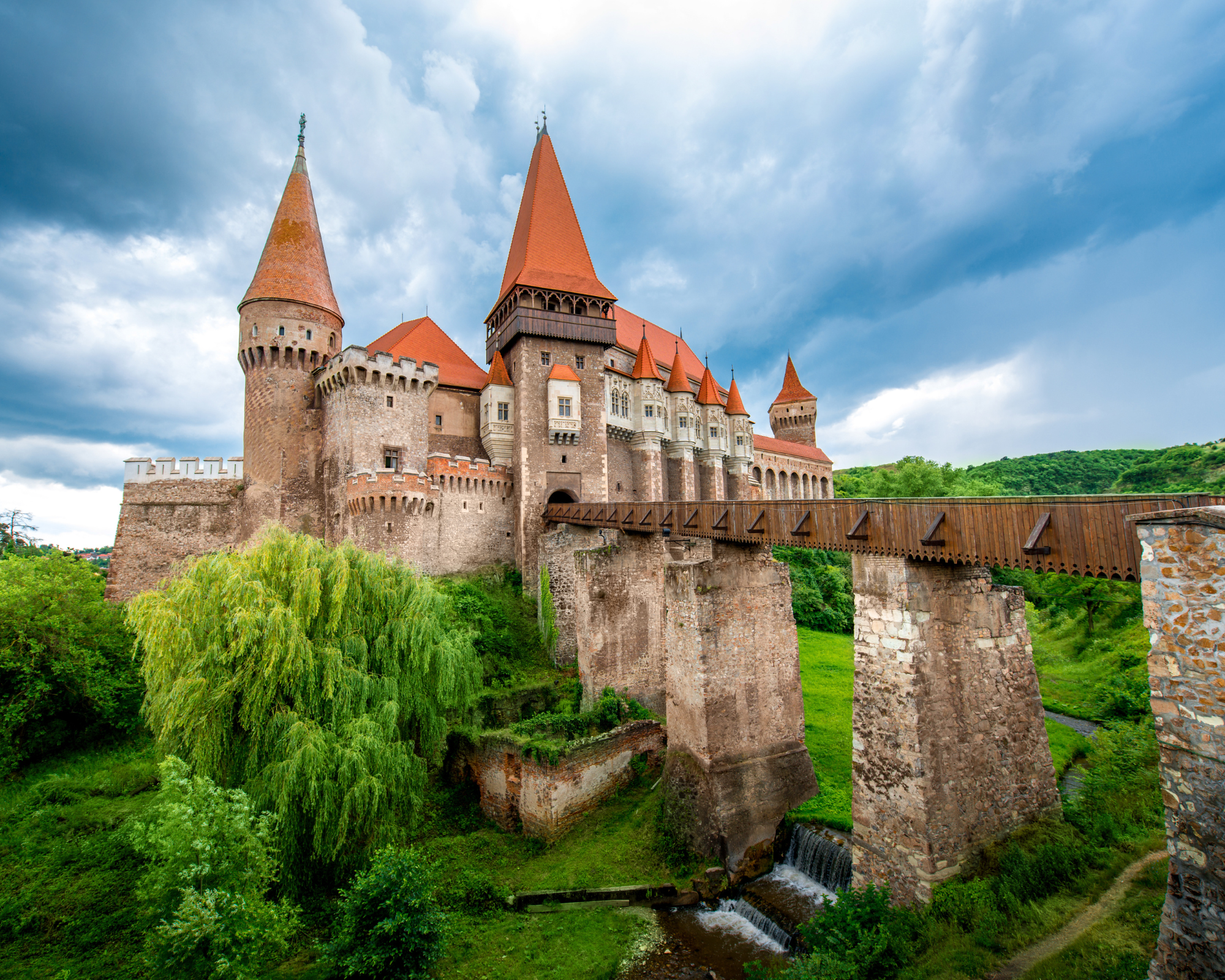
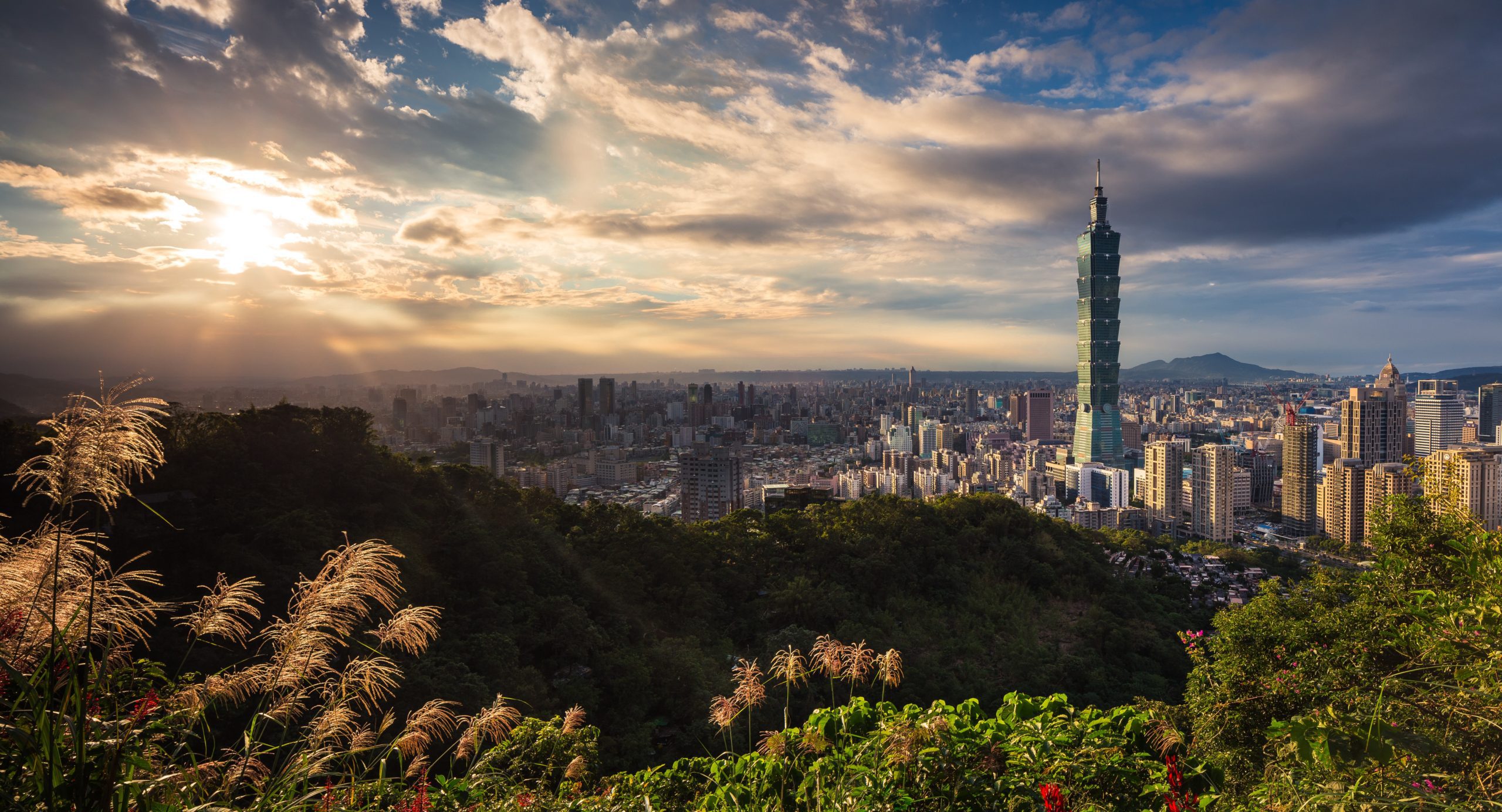
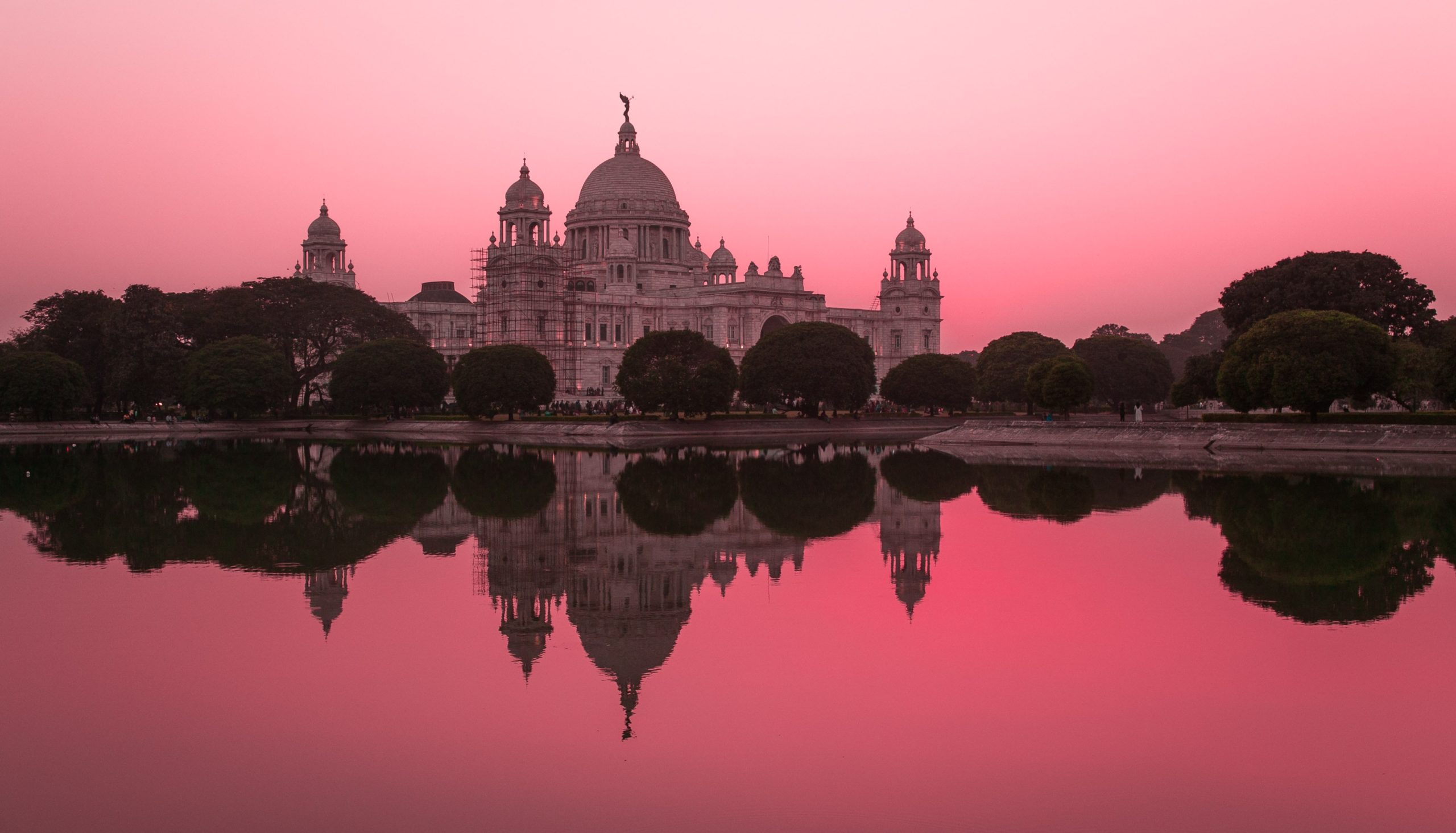
I have to thank you for the efforts you have put in penning this blog. I am hoping to see the same high-grade content by you later on as well. In fact, your creative writing abilities has inspired me to get my very own site now 😉
This is amazing!We wish you good luck with your new blog!Alex and Christian
You’re so cool! I do not believe I have read something like this before. So good to discover someone with unique thoughts on this subject matter. Seriously.. thank you for starting this up. This web site is one thing that’s needed on the internet, someone with a bit of originality!
Greetings! Very useful advice in this particular article! It’s the little changes that make the biggest changes. Thanks a lot for sharing!
These places look amazing. I have been to Chilli and loved it. I am hoping I can visit South America next year but not sure where I want to go. I will have only 2 weeks. Any suggestions?
I will recommend Ecuador and Galapagos. I think it would be a great experiece!